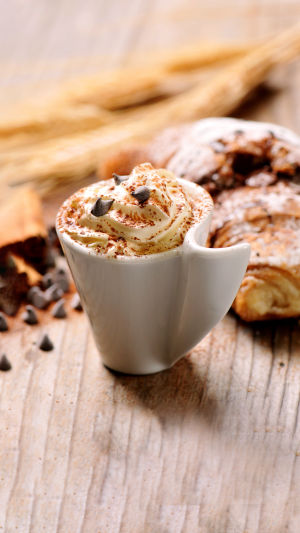Fresh milk and light cream are derived from milk, but the key distinction lies in their fat content. Regular milk typically contains around 3.7% milk fat, while soft cream boasts a higher fat content ranging from 35% to 50%.
The milk fat content in cream is pivotal, influencing its suitability for whipping and stability post-whipping. Generally, a milk fat content of about 30% is optimal for whipping.
The higher the milk fat content, the easier it is to whip, resulting in a more stable consistency afterward.
Once milk is separated, the extracted milk fat can be sold as cream. This cream can undergo pasteurization and packaging similar to milk, extending its shelf life. The fat content in cream varies based on its intended use and the country of origin. Despite their visual similarities, coffee enthusiasts and cream connoisseurs know that different creamers impart distinct tastes to coffee.
Half-and-half cream, with a relatively low-fat content ranging from 10.5% to 18%, is considered a low-calorie option as it is a blend of equal parts buttermilk and cream. While it cannot be whipped, its popularity stems from its lightness.
Whipping cream, originating in France, has a fat content of about 25%. It is thick, slightly acidic, typically made from unsterilized heavy cream, and adds unique flavors to coffee.
Single cream, with a fat content ranging from about 12% to 30% and light cream exceeding 18%, includes a coffee-specific light cream stabilized at 20% within the 18% to 30% range.
These cream varieties enhance the flavor of coffee. Beyond coffee, various creamers, unrelated to coffee, bring rich flavors and versatility to culinary endeavors. Heavy whipping creams, containing 36% to 40% milk fat, maintain their structure when whipped, doubling in volume and proving suitable for laminating and filling.
Creams with more than 40% milk fat also exist. Double cream, with an average of 48% milk fat, is a nutritious option that is easy to whip and froth. It pairs well with hot pastries and sauces, often flavored for products like custard. Clotted cream is another high-fat cream type, surpassing 55% milk fat.
Clotted cream boasts a thick texture and is favored for its unique characteristics. It is prepared from whole milk, slowly heated in a shallow dish, and left to stand for up to 12 hours.
Whether for coffee or culinary applications, the world of creams offers diverse flavors and textures to suit different preferences.





